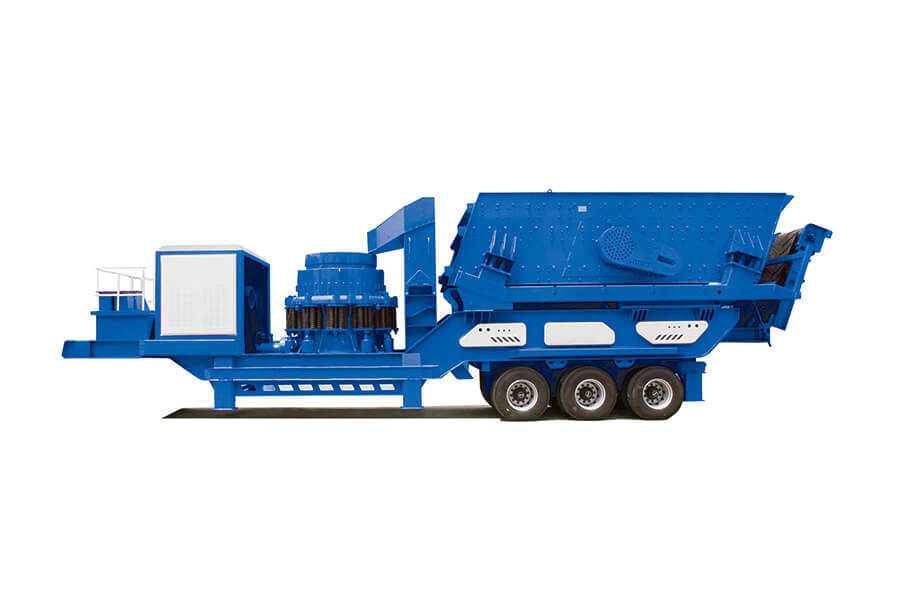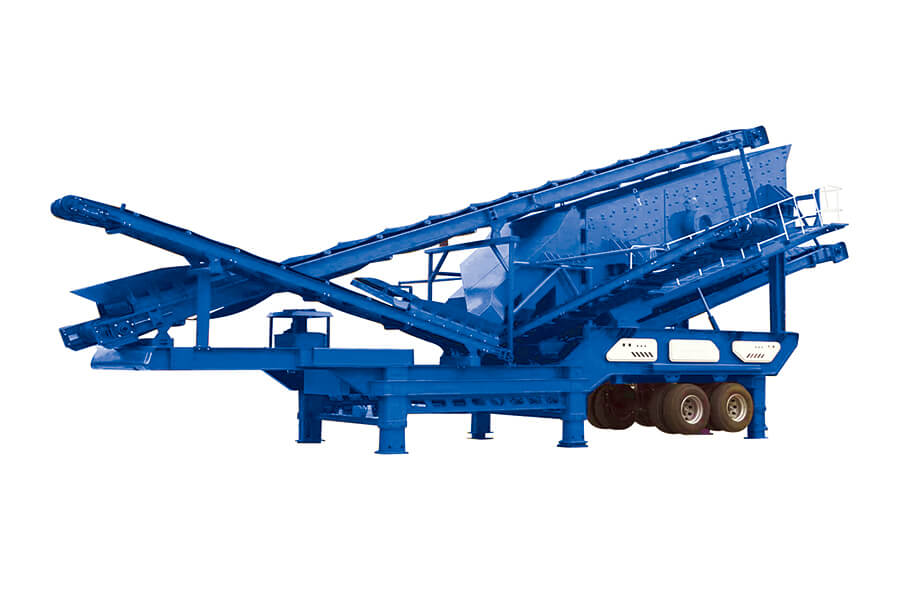The fashion designer, along with ABC Stone and Borrowed Earth Collaborative, has designed bespoke marble panels and soon will launch a tile collection.
Late last year, Rebecca Minkoff set about renovating a 100-year-old house she had just purchased in West Coast of Florida, the gulf town where she grew up. A hands-on designer, Minkoff happily immersed herself in the nitty gritty of the home makeover. (“If the toilet parts arrive in the next couple of weeks, I’ll be done,” she says during a recent interview with WWD.) And when she was looking for stone for her kitchen, she called Lyndsey Belle Tyler, an acquaintance and the creative director and vice president of marketing at ABC Stone. Plant Crusher Machine Factory

Minkoff had her eye on a slab of Calacatta Viola, a bold marble with thick veins of violet and burgundy. Tyler had other ideas. Related Articles Jewelry Kimaï Secures 250,000 Pound Investment on 'Dragon's Den' From Steven Bartlett Business Paris Wants to Set Example of Sustainability in Fashion
“My team and I had been talking about collaborations we could do with different artists,” says Tyler. “Not just interior designers, but artists who would bring a personal lens to our products.”
“She called me and said, ‘I have this crazy, wild idea,’” recalls Minkoff.
Tyler pitched Minkoff on a collaboration with ABC Stone and Borrowed Earth Collaborative, an L.A.-based art and design studio that creates sustainable slabs and tile. Minkoff was all-in.
“Whenever I get the opportunity to go outside my comfort zone and flex a new creative side of myself, I’m like, yes,” says Minkoff.
The first project from that collaboration, Anthozoa, is a series of three large bespoke panels carved on giant slabs of marble and limestone. Each piece took about 300 hours of computer numerical control (CNC) milling and hand-finishing. The biggest is 8 feet by 4 feet and they range in price from $35,000 to $44,000. Fabricated with sustainably sourced stone from India, Minkoff was inspired by sea anemones and soft and stony coral, rendering stone as art rather than work top.
“Anthozoa coral is a living, breathing thing, but it’s building something so hard. It’s alive, but it’s very stiff and sculpture-like,” she explains. “The question was, how do we take that idea and turn it into something that could be a beautiful installation in a corporate building or a hotel or a townhouse or a beachfront mansion?”
Ultimately, she adds, “My goal is to have Anthozoa on display in a public space for all to view.”
Minkoff has more designs in the pipeline with ABC Stone and Borrowed Earth, including a tile line, which Tyler hopes to bring to market within a year. “We have ideas for the bread-and-butter salable stuff,” says Minkoff. “But I figured, let’s launch with something that feels more like an art piece versus just everyday.”
Minkoff’s foray into something as specific as stone is not entirely surprising. While the home market has long been a repository for fashion labels — from luxury houses to mall brands — it has exploded in recent years as the pandemic led consumers to reconsider their interior surroundings. But Minkoff has eschewed a headlong foray into the crowded market, only recently dipping a toe in the lifestyle space with a modest bedding collection launched last year.
“We put so much thought into our products, which is why it is so limited. We only produce the top of the mattress, the sheets and the bedding,” she says. “As a brand, our goal is to have success in any area before we expand, which is why we have a very edited point of view on our home line.”
Minkoff got her start in fashion with a lot of hustle and an eye for the preferences of single Millennial strivers who gravitated to her copious handbags (her breakout bag was dubbed the Morning After Bag) and grunge-meets-office leather jackets. Her brand — which she launched in 2005 with brother Uri Minkoff, after her deconstructed I Love New York T-shirts became a sensation on the pages of pre-social media weekly style magazines — offered attainably priced clothes and accessories that spoke to a newly empowered lean-in generation.
Before the advent of social media, she connected with her customers via blogs, cultivating a community of fans years before the rise of the influencer class. She opened up her creative process to customers in a way that seemed revolutionary more than a decade ago. In 2011, for instance, she communed with the diehard handbag fans of PurseForum.com on an exclusive project, letting users vote on design elements for a new Rebecca Minkoff handbag. At the time, it seemed like a radical form of user-generated retail.
“Rebecca was one of the first few women designers that understood the power of a handbag at a decent price,” observes Joanna Coles, the former top editor at Marie Claire and Cosmo. “And I think young women cleaved to her because they saw someone who understood their lives, and who wanted to understand their lives, and who was no longer talking down to them. She was part of the revolution of fashion from the street up. The minute consumers got a phone in their hand and could take pictures of themselves and other people they found cool, the conversation became different. She was in that conversation in a way that the more unattainable French designers were not.”
As the old gatekeepers have been supplanted by social media influencers, Minkoff remains her best brand ambassador, regularly and unself-consciously sporting her own designs on Instagram and in real life. (In February 2022, she sold her company to Sunrise Brands; she remains chief creative officer.)
At a recent launch event for Anthozoa hosted by NYCXDesign, she wore her own black ruffled one-shoulder evening dress and strappy studded sandals. And while so many of her Instagram posts feature her long, naturally bronzed legs, she is also unafraid to share her more vulnerable moments (including her post-partum body — in hospital underwear — after the birth of her fourth child, son Leo, last January). Minkoff, 42, and husband Gavin Bellour, a commercial director and producer, have three older children; sons Luca, 11, and Nico, 5, and daughter Bowie, 9.
“Rebecca is authentic,” says Tyler. “She and I are in a similar space in life, we’ve got young kids, we’re both working. And maybe that’s where the similarities end, but that’s not how you feel when you’re with her. She’s so non-judgmental, you just feel like you’re hanging with your girls.”
In 2018, Minkoff established the Female Founders Collective with Ali Wyatt, the organization’s cofounder and CEO. The nonprofit has amassed a community of female founders and leaders with networking events, workshops and mentor opportunities. “I launched FFC out of frustration,” she admits. “Because I didn’t feel like I had a community within the fashion industry because it is so competitive.”
It was post-#MeToo and Minkoff found herself “speaking ad nauseam on panels” about female empowerment and equity.
“And all of these incredible women would come up to me off the stage and we’d be in our little sewing circle. And I was like, did any of this move the needle? Did anyone make a f–king cent more because we said whatever. And I thought we could all be more successful if we had a community, a safe space to talk about what worked, what didn’t work, who to avoid, the roadblocks.”
The FFC had more than 3,000 applications the first weeks after launch; now the community includes more than 25,000 women. “We’re all working hard and no one has time to go back to school. So how can we educate founders about all the unsexy stuff, hiring and paying women more fairly, better maternity leave programs? We did a cohort during the pandemic where we took 50 female-founded companies through a financing program and these women have gone on collectively to raise over $40 million — because of what we taught them. Annoyingly, [women] are seen a trend, though it doesn’t feel like women are trending right now. But we’re 51 percent of the population. I think as long as we can keep educating, supporting and helping founders, that’s something. If someone gets paid two cents more because of something we did, I’ll take that as a win.”
Her podcast, “Superwomen with Rebecca Minkoff,” is another variation of that mission. Through conversations with female founders, executives and activists, Minkoff hopes to offer practical advice wrapped up in relatable stories. Guests have included jewelry designer Jennifer Fisher, Nyx Cosmetics founder Toni Ko, Jessica Alba, The Newsette founder and chief executive officer Daniella Pierson, and actor and activist Marisol Nichols.
“No one has it all figured out and it’s hard for everybody,” she says. “But I hope we can give [listeners] some practical tips from people who figured something out.”
Minkoff has also made sustainability core to her brand; she launched a blockchain-enabled sustainability tool and tracking platform with fashion tech company Resonance that lets customers view (via a QR code) the lifecycle of her ready-to-wear collection, including the amount of water used and carbon emitted.
In February 2020, she debuted a sustainable kids’ line with Resonance called Little Minkoff. But it was derailed by the pandemic when Resonance, out of global necessity, shifted its resources into manufacturing masks. She hopes to restart the kids’ line, but she says right now her focus is on the mothership; handbags and ready-to-wear and reopening stores that were shuttered during the pandemic.
And if it’s harder to break out in today’s crowded social media fashionscape, where brands are seemingly beholden to the inscrutable whims of online communities, Minkoff does not seem intimidated.
“In the beginning we weren’t accepted, we weren’t part of the cool club,” she says. “We had to learn the technology as it was evolving, to get in front of the customer. And then we used it to our advantage. The speed [of the industry] doesn’t scare me. It’s incredibly inspiring to see someone break through in new and different ways. We have a fast and slow approach to everything we do. But whatever we do, it needs to make sense for the brand. Like, we’re never going to get on the bucket hat bandwagon. But I still see women who have had their bags for 18 years and they’re still wearing them. So it’s about holding true to the design aesthetic. When I close my eyes, I can see our customer.”

Crusher Mobile Plant Factory Sign up for WWD news straight to your inbox every day